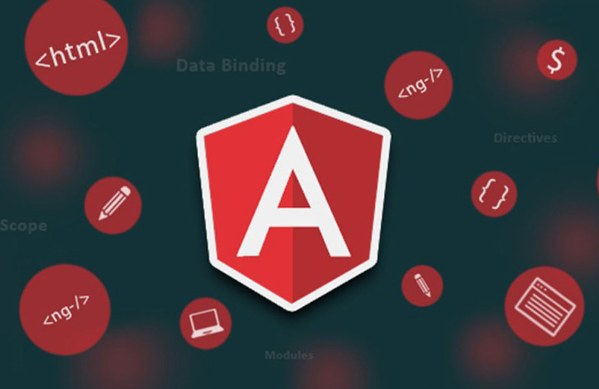Building a job portal with Java and Angular involves creating a backend server to handle job listings, user management, and authentication, as well as building a frontend application to provide a user interface for job seekers and employers. Here’s an overview of the steps involved:
Backend Development (Java with Spring Boot):
- Set up the Development Environment:
Install Java Development Kit (JDK) and an Integrated Development Environment (IDE) like IntelliJ IDEA or Eclipse. - Create a Spring Boot Project:
Use the Spring Initializr (https://start.spring.io/) to create a new Spring Boot project. Include necessary dependencies such as Spring Web, Spring Data JPA, Spring Security, and any additional dependencies you may need. - Design the Database Schema:
Identify the entities required for your job portal, such as jobs, users, resumes, and companies. Design the database schema and define the relationships between entities. - Implement Entity Classes:
Create Java classes representing the entities in your database schema. Annotate them with JPA annotations (@Entity, @Table, @Column, etc.) to define the mapping between the Java objects and database tables. - Implement Repository Interfaces:
Create repository interfaces by extending the JpaRepository interface provided by Spring Data JPA. These interfaces will provide CRUD operations and querying capabilities for each entity. - Implement Service Classes:
Create service classes to handle the business logic of your job portal. These classes will interact with the repository interfaces to perform operations like job listing, searching, and user management. - Implement Controller Classes:
Create RESTful API controller classes to handle incoming HTTP requests from the frontend application. Map these requests to appropriate service methods to perform operations like job listing, searching, and user management. - Implement User Authentication and Authorization:
Implement user authentication and authorization features using Spring Security. Define authentication providers, configure security rules, and handle user registration, login, and role-based access control.
Frontend Development (Angular):
- Set up the Development Environment:
Install Node.js and Angular CLI (Command Line Interface) to create and manage Angular projects. - Create Angular Project:
Use the Angular CLI to create a new Angular project. Set up the necessary routing, modules, and components for your job portal. - Design the User Interface:
Design and create the user interface components required for your job portal, such as job listing, job search, user registration/login, and employer profiles. Use HTML, CSS, and TypeScript to create the UI components. - Implement Routing and Navigation:
Set up routing and navigation within your Angular application to handle different pages and components. Define routes for job listing, job search, user profiles, and other relevant sections. - Implement API Communication:
Use Angular’s HttpClient module to communicate with the backend API endpoints. Make HTTP requests to fetch job listings, submit applications, and perform user-related operations. - Implement User Authentication:
Implement user registration, login, and logout features in the Angular application. Communicate with the backend API to handle user authentication using JWT (JSON Web Tokens) or session-based authentication. - Enhance User Experience:
Implement features like job search filters, saved jobs, resume upload, and job application submission to enhance the user experience of your job portal.
Deployment:
Deploy your application to a Java application server or a cloud platform like AWS, Heroku, or Azure. Make sure to configure the necessary server settings and database connections for your backend server.
Building a job portal with Java and Angular requires careful consideration of user authentication, data security, and scalability. Additionally, you may need to implement features like email notifications, resume parsing, and integration with third-party job listing platforms to enhance the functionality of your portal.
By combining the power of Java for the backend and Angular for the frontend
, you can create a robust and user-friendly job portal that connects job seekers and employers efficiently.



